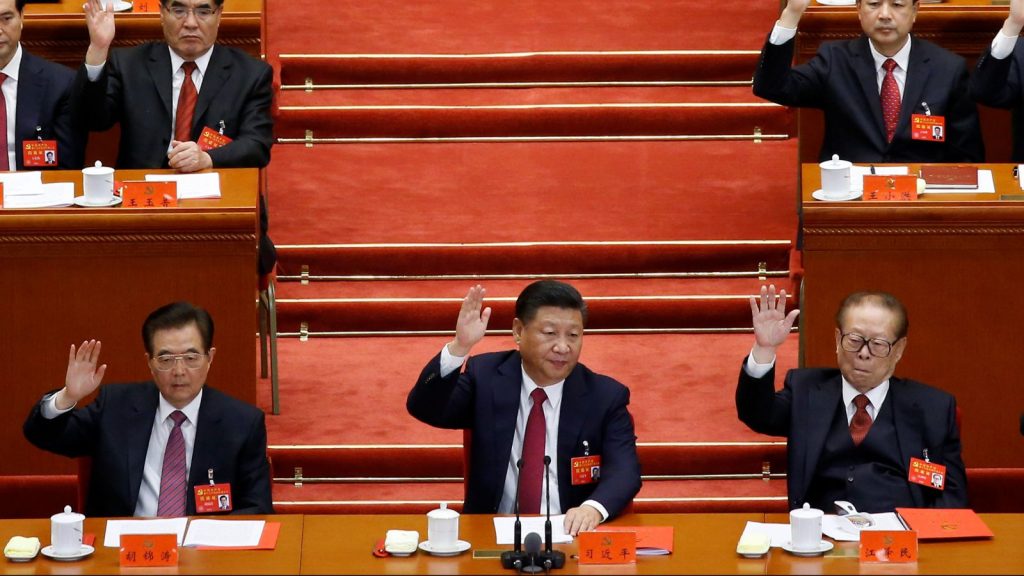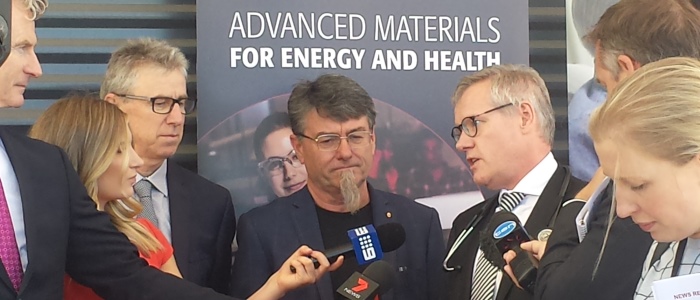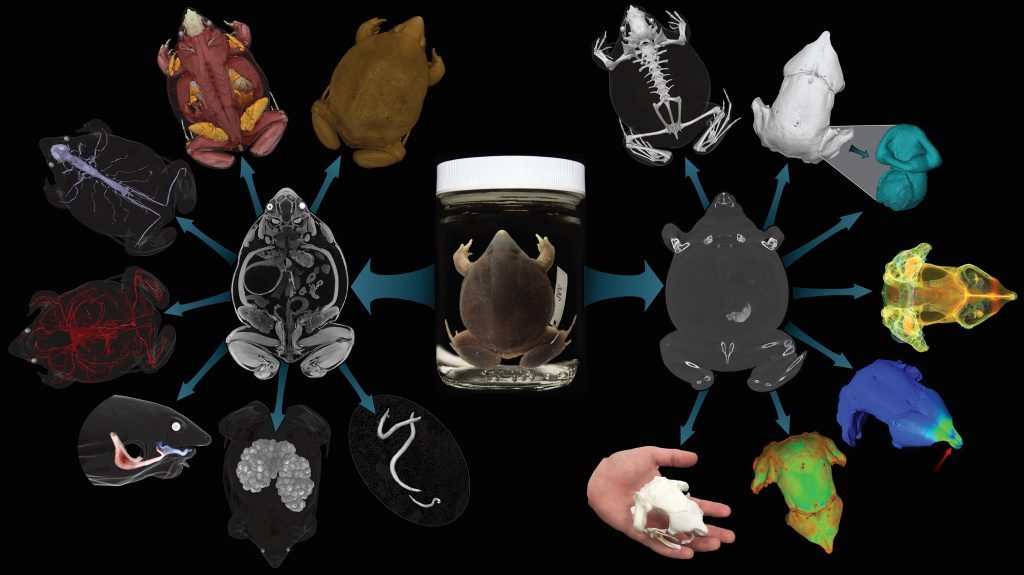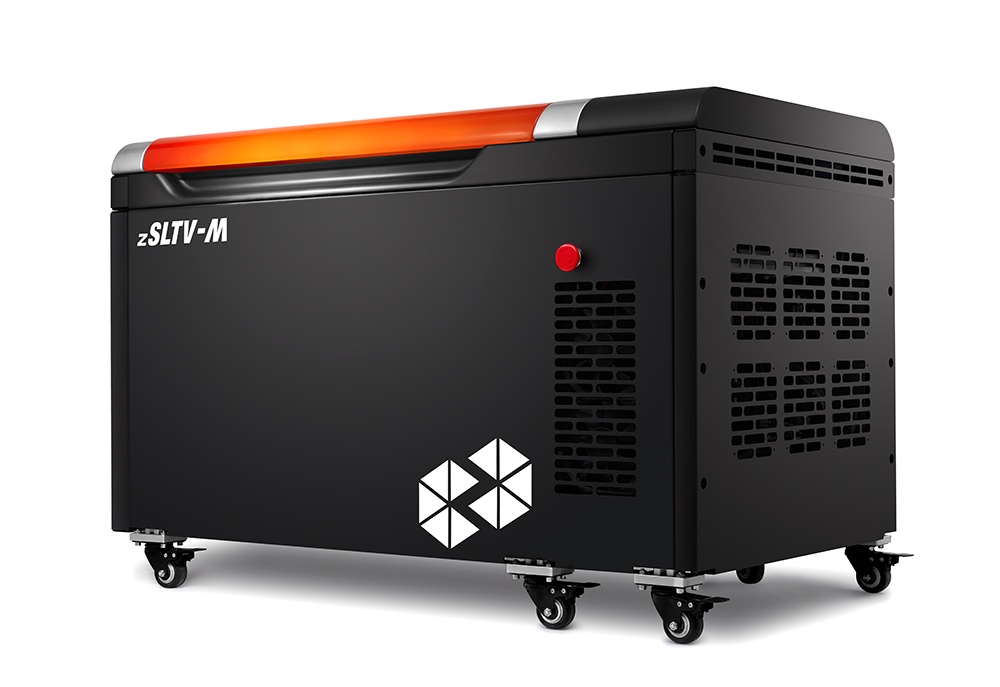The 3D Printing Industry review of the year concludes in December.
The final month of 2017 saw a number of federal, national and supra-national authorities publish strategy and legal guidance on 3D printing. Together with news of novel engineering applications in 3D printing, our most popular stories were once again about medical applications.
3D Printing industry also took the opportunity presented by this quieter time in the year to ask those at the forefront of additive manufacturing for their insights into the year just gone and the future.
3D printing, legislation and strategy
In Brussels, members of the European Parliament’s Committee on Legal Affairs (JURI), met to discuss intellectual property (IP) rights and civil liability of 3D printing, ahead of potential legislation in this area.
The resulting report found no cause of reasonable concern for 3D printing and copyright infringement and called for a further clarification of the boundaries where online 3D filesharing platforms and defective or counterfeit 3D prints are concerned. The report also made a number of recommendations towards resolving the issues raised.
The People’s Republic of China’s Ministry of Industry and Information Technology (MIIT) issued its own Action Plan for 3D printing as part of the country’s Made in China 2025 strategic roadmap. The Action Plan report identified an additive manufacturing industry forecast to exceed 20 billion Renminbi (US$3 billion) by 2020 and outlined four general ambitions, five development goals, four tasks to achieve these goals, and six safeguards to implement the tasks.
With news that a 2015 regulation enforcing net neutrality was set to be repealed by the U.S. Federal Communications Commission (FCC), 3D Printing Industry examined what this would mean for 3D printing, fair competition, and the potential risks of giving ISPs power over web traffic to 3D printing services.
Another popular legal story concerning the US, but potentially affecting 3D printing worldwide was the filing of a petition by Michael Weinberg, general legal counsel for 3D printing marketplace and service bureau Shapeways, asking the US Copyright Office to revise restrictive wording it uses for exemptions governing the unlocking of 3D printers and the use of third-party feedstock. 3D Printing Industry gathered more insights on IP from Dr Andreas Leupold from Leupold Legal for our well received Future of 3D Printing series.

Medical applications
The US Food and Drug Administration (FDA) released guidance for manufacturers submitting 3D printed devices for approved medical use, simultaneously reaffirming its commitment to a “new era of 3D printing of medical products”.
Experts in medical applications of additive manufacturing also gave further insight as 3D Printing Industry asked representatives from EOS, Materialise, 3DHEALS and 3D Systems for reaction to the news.
Materialise also found success with a 3D printed hip implant that was used in corrective surgery for a patient at the HELIOS Clinic in Hildesheim, Germany. The implant was created using the company’s aMace software platform. Another successful implant, this time a spinal implant from Germany’s K2M, saw the technology gain a CE (Conformité Europeene) marking.
3D bioprinting saw new applications and developments throughout December. The Institute for Development of Advanced Application Systems (Institute IRNAS) in Rače, Slovenia launched the latest version of Vitaprint, its open 3D bioprinting platform. IRNAS also opened its doors to Symbiolab, an opensource bio lab that gives biomedical researchers access to the latest equipment and materials. 3D printing
The University of Wollongong launched its Pancreatic Islet Cell Transplantation (PICT) 3D printer, which will be used to treat diabetes by 3D printing a bio-ink containing insulin-producing pancreatic islet cells. The PICT will be based at the Royal Adelaide Hospital (RAH) in Australia.
From bio-printing to bio applications, New Zealand student Logan Williams invented a set of “Polar Optics” contact lenses to protect sufferers of photosensitive epilepsy from seizures, which he now intends to commercialize using 3D printing to make them affordable. Finally, researchers have created a series of 3D printed hydrogels, inspired by the organs of electric eels, which function as power sources and are 3D printed using a 3DDiscovery printer from regenHU.

Engineering applications
Besides 3D bioprinting and medical applications, engineering applications proved to be the next most popular category of articles in December 2017. Students at the University of Washington (UW) used 3D printed sensors, taking the form of conductive strips made of a copper-containing plastic filament, to create smarter plastic objects capable of wireless communication without the use of batteries, or electronics.
Florida-based Rocket Crafters was granted US patent number 9,822,045 for its 3D printed rocket fuel technology. The fuel, produced initially in feedstock form, is a compound of hybrid rocket fuel and nanoscale particles of pure aluminium.
From fuel to rocket parts, NASA test fired its largest 3D printed part to date for a future trip to Mars. The part, a pogo accumulator was 3D printed for an RS-25 shuttle engine using selective laser melting (SLM), which reduced the number of welds compared to a conventional part by 78%.

3D Scanning with oVert, the Yungang Grottoes and Scan the World
December saw a number of breakthroughs in 3D scanning applications. oVert announced that it would be CT scanning between 20,000 and 30,000 fluid-preserved vertebrate specimens from institutions across the US, funded by a US National Science Foundation (NSF) grant. These would all be freely downloadable.
In arts heritage, 3D printed replicas of 1500-year-old Chinese Buddhist statues opened to the public. The replicas of the Yungang caves were 3D printed with the help of the Yungang Grottoes Research Institute, Qingdao Publishing Group and Zhejiang University after they were determined to be at risk from weathering.
Also in 3D artefact scanning, the Scan the World project achieved 10,000 objects since its beginning in 2014. The project features scanned objects from museums and private collections across the world.

Businesses and new products
While quarterly results and financial agreements were not as numerous in December, there were a number of fundraisers and new products of note. nTopology raised $7.6M to enhance its generative design software, Element, and for company development, according to CEO Brad Rothenberg in an interview with 3D Printing Industry.
Carbon raised $200 million in Series D funding for its CLIP 3D printing technology, which, according to estimates now places the valuation of Carbon at $1.7 billion. The latest round of funding will be used for further integration with cloud-based product lifecycle management, 3D scanning technologies, and personalized products.
HP has opened its new US$74million Asia-Pacific Japan (APJ) HQ within Singapore’s thriving National Additive Manufacturing Innovation Cluster (NAMIC), while GE Additive opened a new $15 million Customer Experience Center in Munich.
Hexcel Corporation, an advanced composites company, announced the acquisition of the Aerospace and Defense (A&D) businesses of Oxford Performance Materials (OPM), giving it equipment, intellectual property and manufacturing process technology from the high-performance 3D printed part producer. Scott DeFelice, OPM CEO, also gave 3D Printing Industry insights into the acquisition and the future of the company.
Clariant, a Switzerland-based specialist materials R&D company announced the launch of its dedicated 3D printer materials business, which will use the existing research and development structure of its extensive plastics and coatings businesses.
UNIZ announced that following a capital injection upwards of $6 million earlier this year, it would build on the success of its SLASH 3D printer by launching five new SLA 3D printers at CES 2018, which feature its new uni-directional peel (UDP) technology.
Rounding off a great year, Desktop Metal shipped an early version of its first FFF metal 3D printing system to early “pioneer” customers. Two high profile customers included Google’s Advanced Technology and Products (ATAP) group, and Lumenium, a Virginia-based advanced engine technology company.

3D Printing Industry presents
3D Printing Industry compiled a list of worldwide news of mergers, acquisitions and funding that closed the year. Companies that were involved include Fracktal Works, CGTrader, Shapr3D, Graphene 3D lab, Cincinnati Incorporated, and New Valence Robotics.
Finally, 3D Printing Industry announced a widely anticipated event, the 3D Printing Industry Awards 2018, to be held in London on 17 May. Nominations for the second annual 3D Printing Industry Awards are now open and you have the opportunity to make your selections now.
To stay up to date with the latest 3D printing news stories, subscribe to our free 3D Printing Industry newsletter, follow us on Twitter, and like us on Facebook.
Featured image shows the hot test firing of an Aerojet Rocketdyne Space Shuttle Main Engine (SSME). Photo by Aaron Cunningham/NASA

